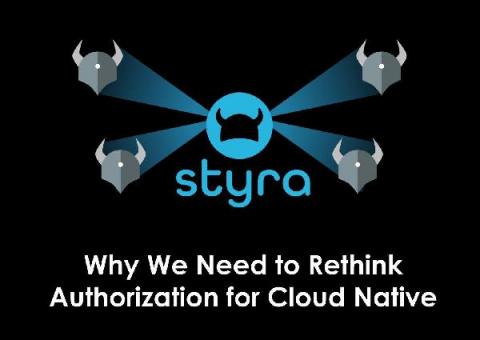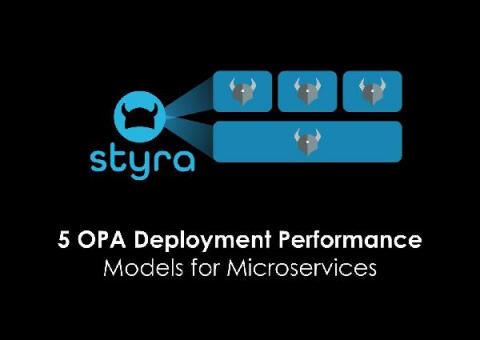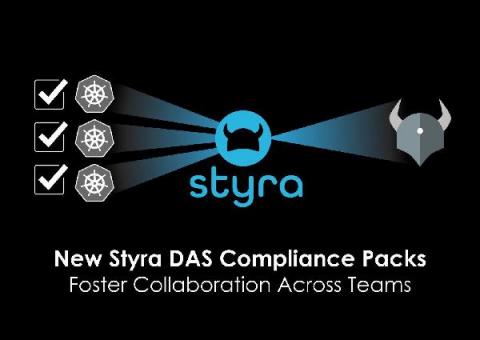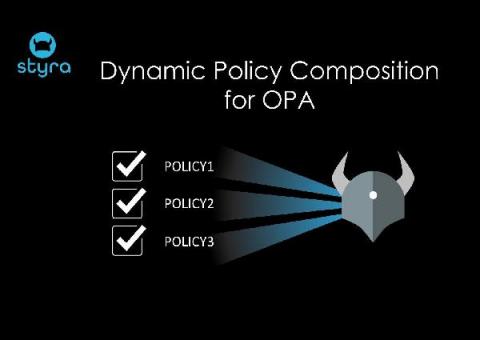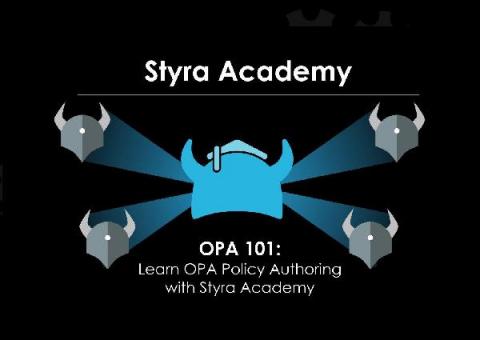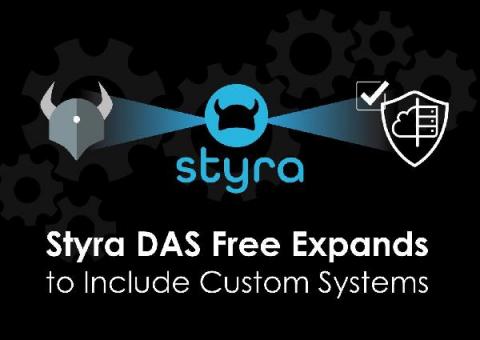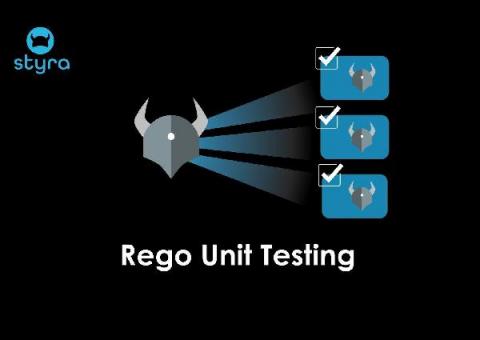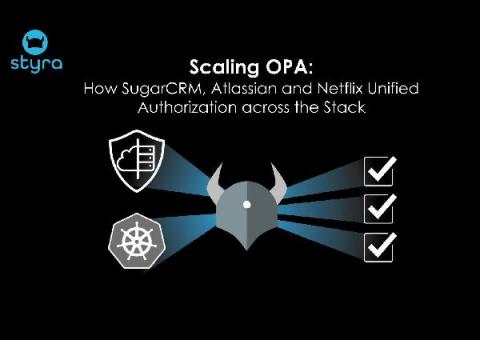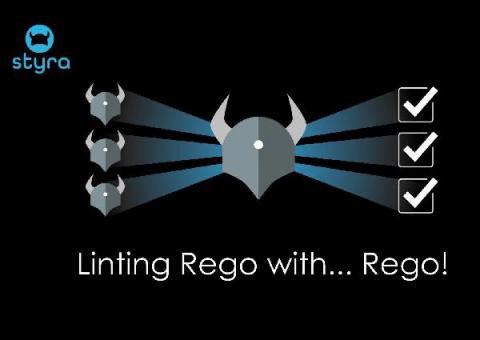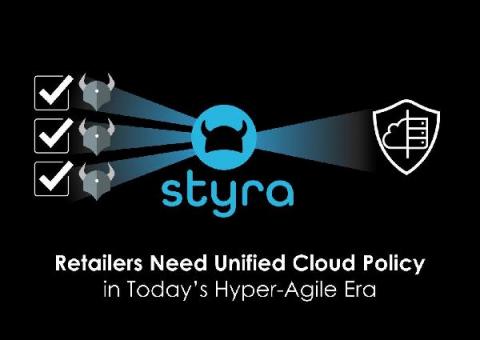Why We Need to Rethink Authorization for Cloud Native
Companies have moved to cloud native software development so that they can increase development speed, improve product personalization, and differentiate their buyer experiences in order to innovate and win more customers. In doing so, enterprises have also redefined how they build and run software at a fundamental level.


